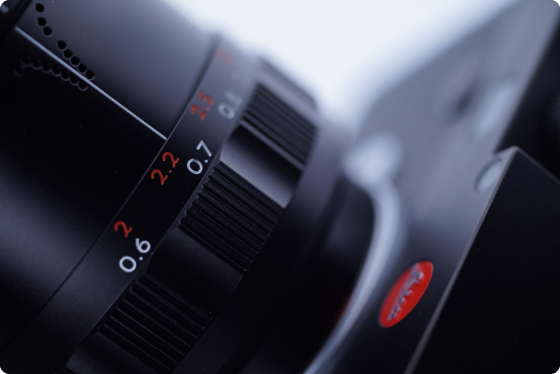In the world of portrait photography, selecting the right lens can significantly impact the final image quality. Thypoch, known for its innovative lens design and commitment to superior optical performance, offers insights into the ongoing debate between prime and zoom lenses. Each type has its advantages, particularly when it comes to portrait photography lens options and their suitability for various shooting scenarios.
The Advantages of Prime Lenses
Prime lenses, like Thypoch’s Simera 75mm f/1.4 ASPH, have long been favored by portrait photographers for their optical quality and simplicity. The fixed focal length of a prime lens encourages photographers to engage more creatively with their compositions. The Simera 75mm f/1.4, specifically designed as a photography portrait lens, features 16 aperture blades that produce a perfectly round diaphragm, resulting in pleasing bokeh and artistic starburst effects. Additionally, the subtle resistance in the focus ring at 0.7m facilitates a smoother transition from rangefinder to electronic viewfinder focusing. This precision enhances the user experience, making it an excellent choice for capturing striking portraits.
The Flexibility of Zoom Lenses
On the other hand, zoom lenses offer remarkable versatility, allowing photographers to adjust their framing without changing lenses. This flexibility can be particularly advantageous in dynamic settings, where subjects may move or when space is limited. While many photography portrait lenses are available in zoom formats, they often do not achieve the same level of optical quality as prime lenses, especially at wider apertures. For portrait photography, a zoom lens can be practical, but it may compromise on depth of field and bokeh quality compared to specialized prime lenses like the Simera 75mm f/1.4.
In conclusion, the choice between prime and zoom lenses for portrait photography largely depends on the photographer’s style and shooting environment. While the Thypoch Simera 75mm f/1.4 ASPH exemplifies the strengths of a dedicated portrait photography lens, zoom lenses offer considerable adaptability. Ultimately, understanding the benefits of each type can help photographers select the best tool for their creative vision.


